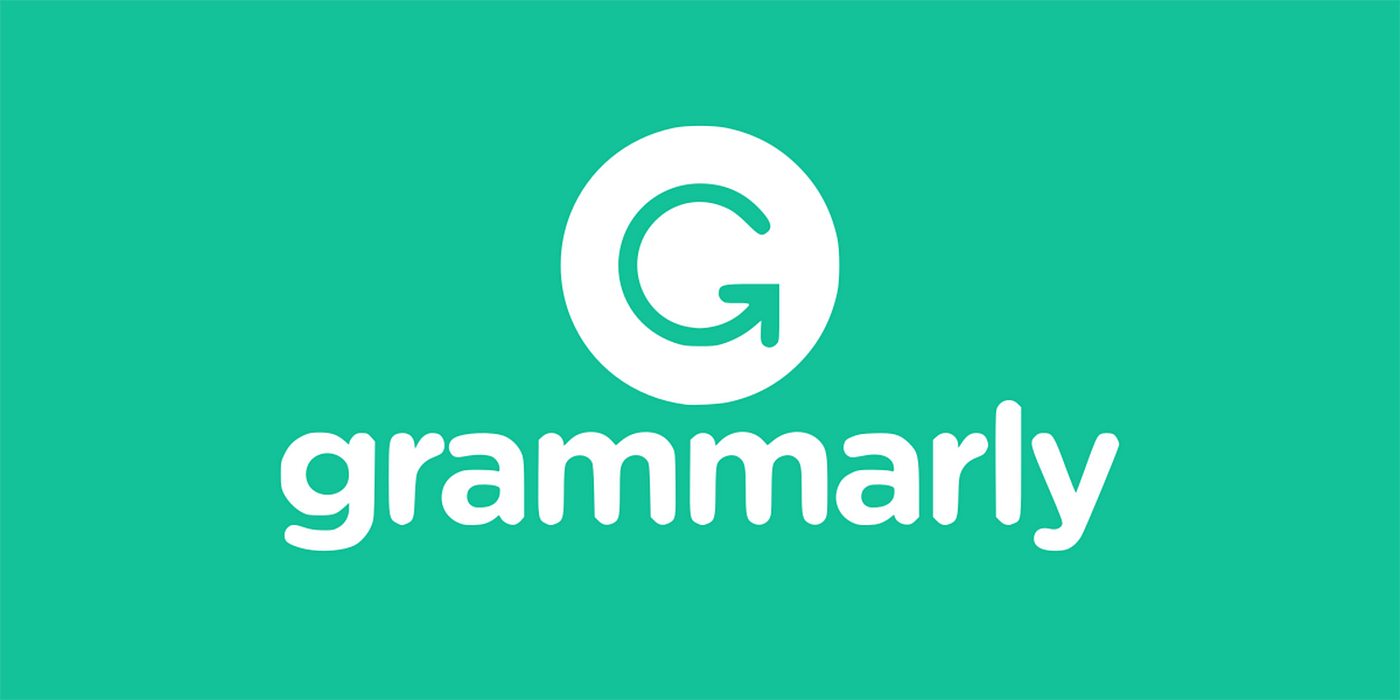Pengaruh Pemberian Tepung Limbah Roti dalam Ransum terhadap Organ Dalam Ayam Broiler
DOI:
https://doi.org/10.36665/jpm.v1i2.34Keywords:
gizzard, liver, intestine, feed, bread wasteAbstract
The use of unconventional feed ingredients is an alternative to reduce feed costs. The bread meal waste which is the residue from the bakery factory can be used as an alternative feed material for energy sources in broiler rations to reduce corn consumption. Bread waste contains Gross Energy 4217 Kcal / kg, Crude Protein (PK) 10.25% and Fat (LK) 13.42%. This bread meal waste has a high enough gross energy so that it can reduce the use of corn in the broiler ration formulation. The safety of using bread flour as a broiler ration can be seen from the internal organs of the broiler, such as the weight of the liver, gizzard and intestinal length. This research was conducted experimentally by comparing two treatments consisting of 2 treatments consisting of 2 types of rations, namely J ration (concentrate + rice bran + corn) and R ration: concentrate + rice bran + bread waste meal. Data were analyzed using the T test. The parameters observed were the percentage of gizzard weight, percentage of liver weight and intestinal length. The results showed that there was no significant difference (P> 0.05) between the 2 types of treatment for internal organs including the percentage of gizzard weight, percentage of liver weight and intestinal length. The provision of bread flour waste does not affect the percentage of gizzard weight, liver weight and intestinal length (internal organs) of broiler chickens so that bread meal waste can substitute the of corn as one of the broiler chicken feed ingredients which will reduce the cost of feed.
References
Akoso. 1993. Manual Kesehatan Unggas. Yogyakarta, Kanisius.
Anggorodi. 1995. Nutrisi Aneka Ternak Unggas. Jakarta, PT Gramedia Pustaka Utama.
Astawan, M. 2007. Kandungan Serat dan Gizi Pada Roti Unggul dan Nasi. Kompas Cyber Media. Bogor.
Brake et al., 1993. Relationship of sex, age and body weight to broiler carcass yield and ofal production. Poultry Science. 72: 1137–1145.
Fadilah, R. 2004. Ayam Broiler Komersial. Jakarta, Agromedia Pustaka.
Hermana, W., D. I. Puspitasari, K. G. Wiryawan, dan S. Suharti. 2008. Pemberian tepung daun salam (Syzygium polyanthum (Wight) Walp.) dalam ransum sebagai bahan anti bakteri Escherichia coli terhadap organ dalam ayam broiler. Media Peternakan. 3: 63–70.
Karatasudjana, R., dan E. Suprijatna. 2006. Manajemen Ternak Unggas. Jakarta, Penebar Swadaya.
Sulistyoningsih, M. R., dan I. B. Muhammad. 2018. Pengaruh tambahan herbal (jahe, kunyit, salam) dan pencahayaan terhadap persentase bobot organ dalam pada ayam
broiler. Bioma. 7(1): 40–52.
Suprijatna, E., U. Atmomarsono, dan R. Kartasudjana. 2005. Ilmu Dasar Ternak Unggas. Jakarta, Penebar Swadaya.
Syamsuhaidi. 1997. Penggunaan Duckweed (Famili Lemnaceae) Sebagai Pakan Serat Sumber Protein Dalam Ransum Ayam Pedaging. Disertasi. Program Pascasarjana, Institut Pertanian Bogor. Bogor.
Triani, H. D., D. Afrini, dan M. Dori. 2015. Pengaruh pemberian tepung kulit singkong terhadap organ dalam Itik Kamang. Jurnal Agrotropical. 5(2): 45–50.
Usman, A. N. 2010. Pertumbuhan Ayam Broiler (Melalui Sistem Pencernaan) yang Diberi Pakan Nabati dan Komersial dengan Penambahan DSP. Skripsi. Fakultas Peternakan Institut Pertanian Bogor, Bogor.
Wahyu, J. 2004. Kebutuhan Zat–Zat Makanan Untuk Unggas. Cetakan Ke–3. Fakultas Peternakan IPB. Bogor.
Yuwanta, T. 2004. Dasar Ternak Unggas. Yogyakarta, Gadjah Mada University Press.






